Whether you're looking to add a touch of character to your home or simply trying to save some money on must-have furniture items, shopping at thrift and antique stores is a great choice. Before you set out on your thrifting journey, learn about the best items to look for on your hunt.
- Solid wood pieces. Anything built of solid wood likely means it's built to last. Inspect tables, desks and bed frames to see if they're made of real wood instead of particle board or laminate materials.
- Mid-century modern items. The mid-century modern movement is having a big comeback, so you can feel confident that these items will stay in style for years to come. Seek out chairs and sofas with tapered wooden legs, sleek desks and tables with metal hairpin legs, and items made of sturdy teak wood, which was popular during this era.
- Woven or imported rugs. While purchasing a new rug can cost you a pretty penny, you'll often find trendy vintage styles for much less at the thrift store. Search for woven styles, Southwestern patterns or imported designs, like Persian or Moroccan rugs.
- Vintage picture frames. Picture frames are also pricey when purchased new, so you should always take a look around for metal or wooden frames at the thrift store. Even if it already has a photo inside, you can take it out and start fresh with your own print.
- Kitschy electronics. While purchasing an old TV can be a bit dangerous (many thrift chains don't even sell them anymore), you should keep your eyes peeled for antique radios, clocks, and other analog items that are now collectibles.

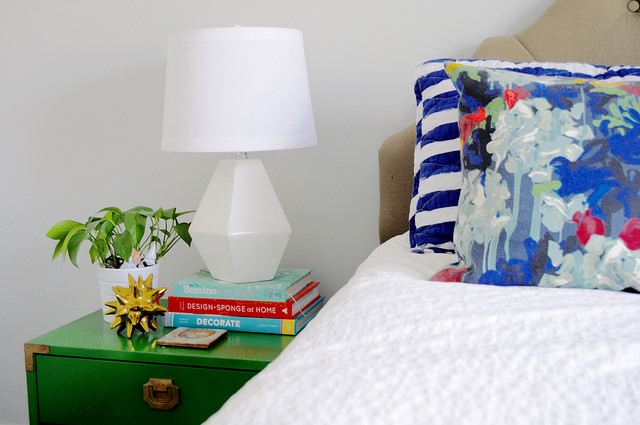
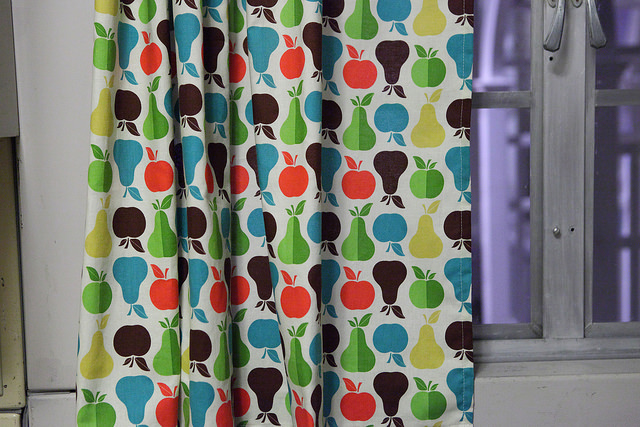
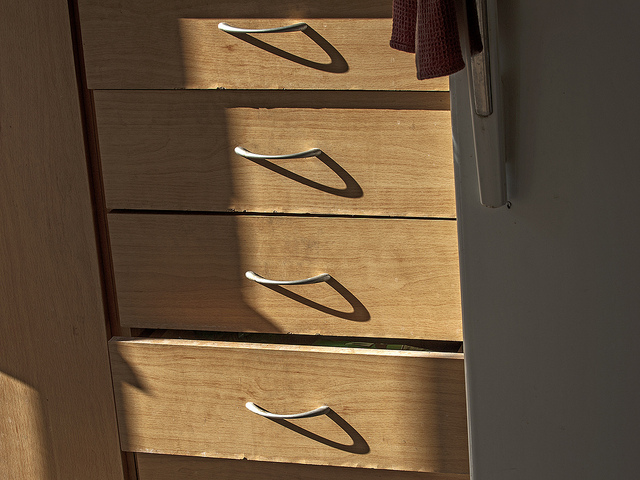
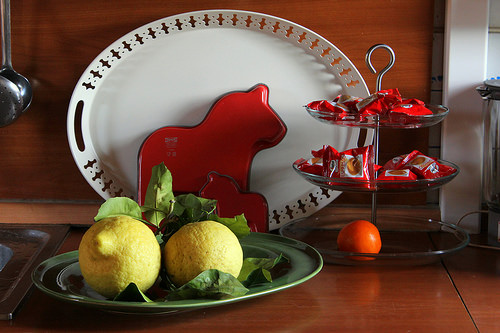
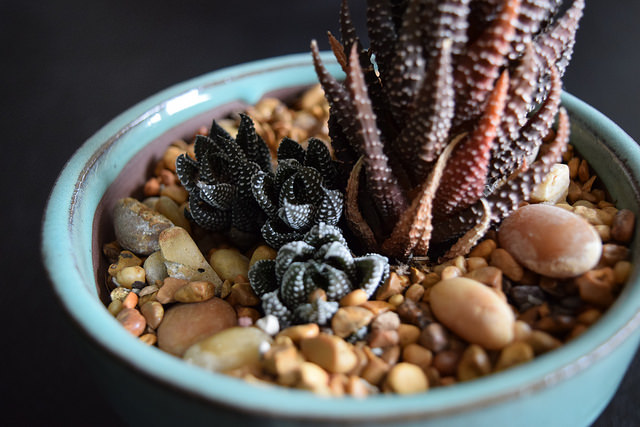
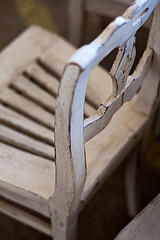

 Equal Housing Opportunity
Equal Housing Opportunity